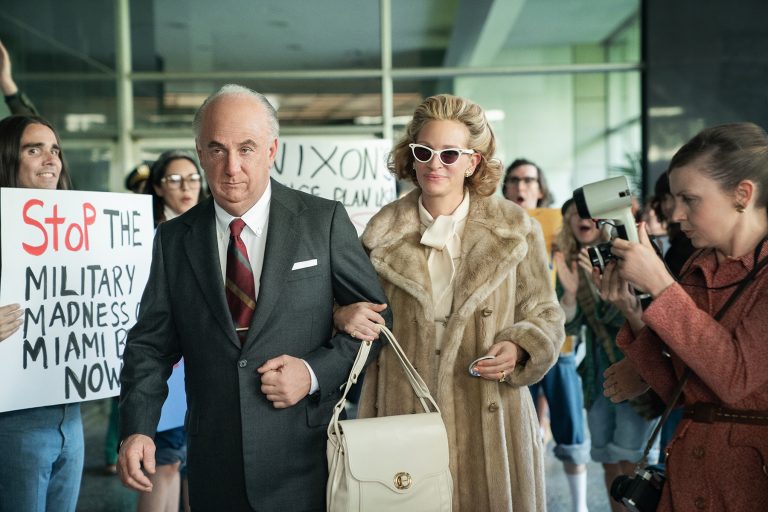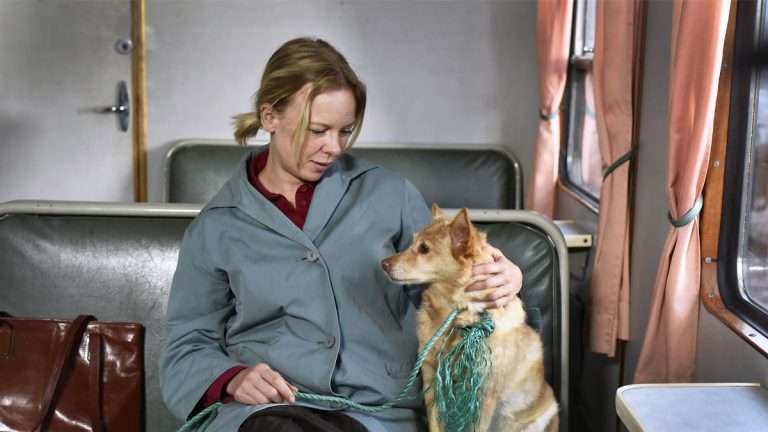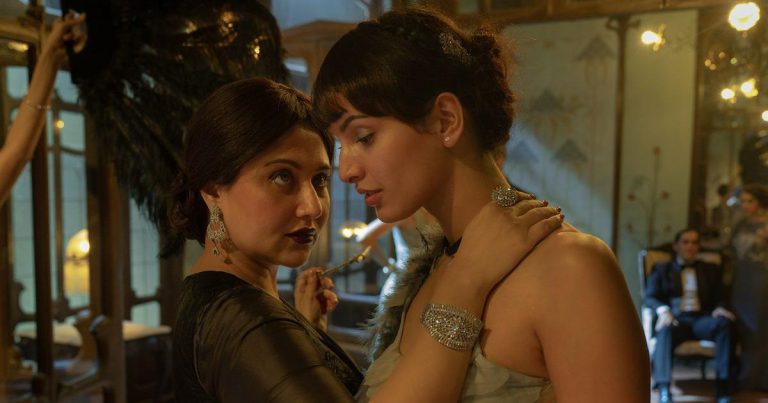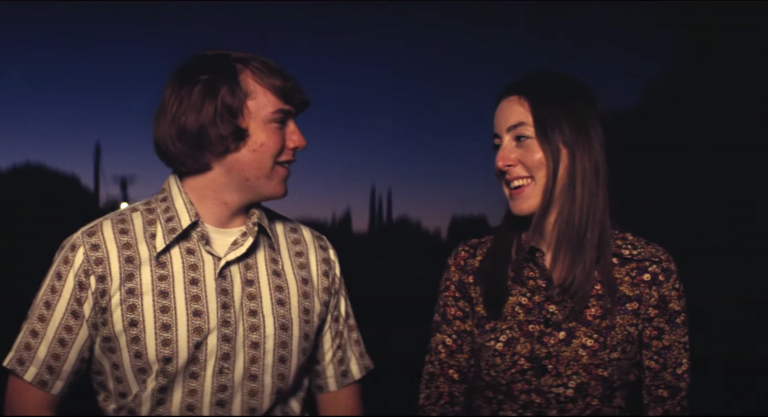The action sequences in “Pearl Harbor” are thrilling, the romance is heart-wrenching, and the drama is undeniable. But how much of it actually reflects the real events of December 7th, 1941? Buckle up and prepare to dive into the biggest Pearl Harbor movie historical inaccuracies. We’ll separate fact from fiction, uncovering the true story behind this pivotal attack that thrust the United States into World War II.
1. Jet Fighters Over Pearl Harbor? Not Quite. The movie opens with a bang, showing Japanese warplanes launching from aircraft carriers. But here’s the catch: those fancy angled flight decks and jet catapults we see wouldn’t be invented until the 1950s! In reality, the Japanese used straight flight decks and propeller-driven planes during the 1941 attack.
2. Long-Distance Radio Chatter? Pure Fiction. Remember that scene where characters listen in on the Doolittle Raid bombers from Hawaii? Unfortunately, the technology for such crystal-clear, long-range communication simply didn’t exist in 1941. Back then, communication between airplanes would have been short-range and silent to avoid detection.
3. Switching Teams Mid-War? Unlikely. The movie has Rafe, an American pilot, joining the British Royal Air Force Eagle Squadron. However, during World War II, while America remained neutral at first, such actions were illegal for US citizens. Joining a foreign military could have meant serious consequences for Rafe.
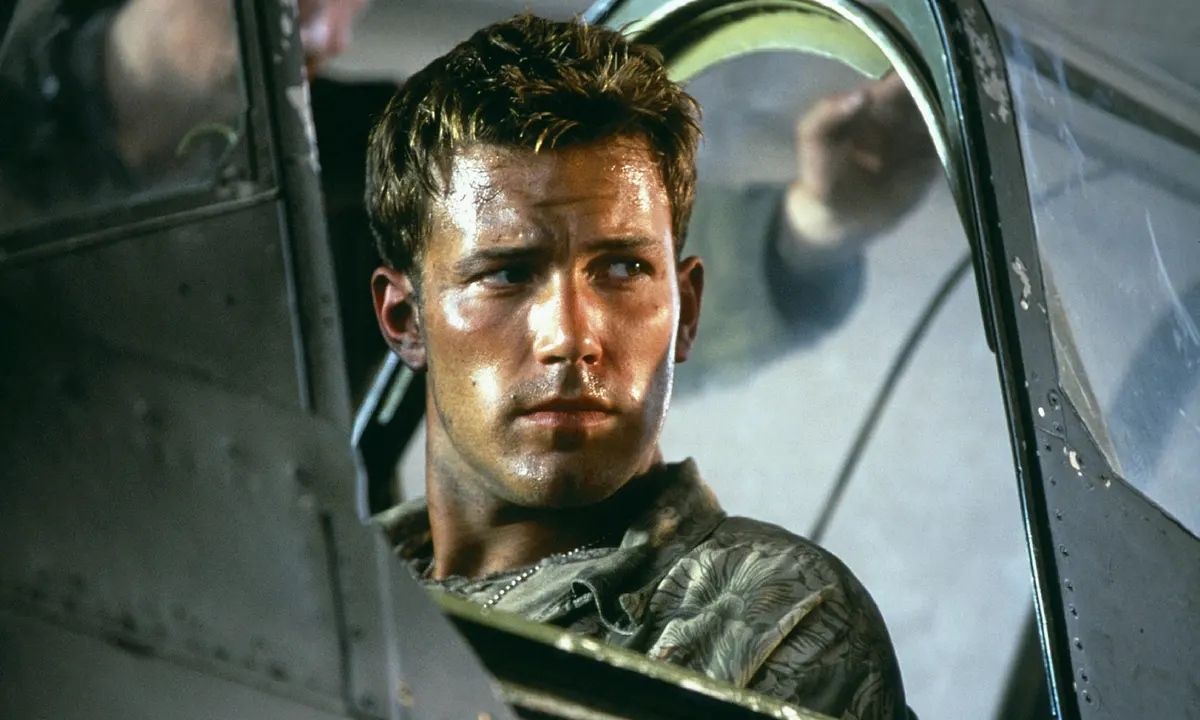
4. Hospitals: Off-Limits During War. The attack on Pearl Harbor was devastating, and the movie portrays the Japanese targeting the hospital there. In reality, hospitals were typically considered neutral zones during wartime. Attacking medical facilities wouldn’t have been a primary objective for the Japanese.
5. Anachronisms: Out-of-Place Props. An anachronism is something that appears out of its historical time period. “Pearl Harbor” features a few of these. For instance, you might see a Jeep model that wasn’t used until the Korean War in the 1950s. Another example is the Queen Mary ship, which is depicted in its peacetime paint scheme. By 1941, Britain had been at war for two years, so the Queen Mary would have been painted gray for camouflage, just like other military vessels.
6. Love Story vs. Real-Life Heroes. The love triangle between Rafe, Danny, and Evelyn is a central part of the movie. While it adds a dramatic element, it overshadows the countless real-life heroes who bravely defended Pearl Harbor. The true story deserves to be remembered for the acts of courage displayed that day.
7. America Completely Unaware? Not Exactly. The movie portrays the US as completely surprised by the attack. There’s some truth to this, as American intelligence did fail to predict the exact timing and location. However, there were warnings and tensions rising before the attack. Historical records show America wasn’t entirely in the dark.
8. Arizona Memorial Mishap: A Touch of Hollywood. The movie opens with a dramatic scene of the Arizona Memorial. This powerful structure wasn’t built until 1962, over 20 years after the attack. While it serves as a moving tribute today, it wasn’t there during the events of Pearl Harbor.
9. Super Soldier Rafe: Bending the Rules. Rafe seems to be a natural pilot who easily switches between the Army Air Force and the Navy. In reality, such fluidity between branches wouldn’t have been possible during WWII. Military training and service were much more rigid back then. This is a case of Hollywood taking some creative liberties with military protocol.
10. Fact vs. Fiction Frenzy: These are just a few of the historical inaccuracies in “Pearl Harbor.” While the movie is entertaining, it’s important to remember it’s not a documentary. If you’re interested in learning more about the true story of Pearl Harbor, there are many reliable sources and documentaries available to help you separate fact from fiction.
So, the next time you watch “Pearl Harbor,” enjoy the action, but remember to take the historical aspects with a grain of salt as the movie is riddled with inaccuracies. For a deeper understanding of this pivotal moment in history, explore credible sources beyond the movie.





